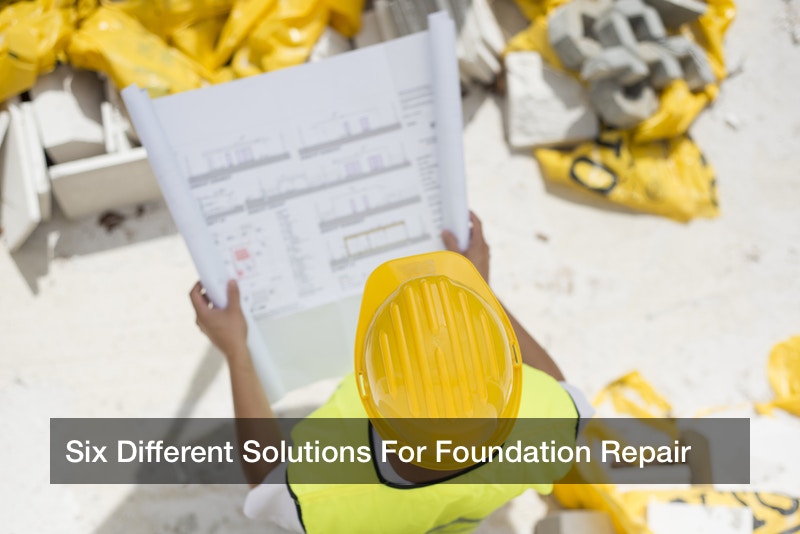
There’s no denying how important a foundation is to a home. Not only does it account for 8-15% of the cost of building a home, but it is literally what everything else about a house is built upon.
As important and as strong as a home’s foundation may be, the simple truth is that over time, a great many issues can pop up with foundations. There are three primary types of home foundations—crawlspaces, full basements and slabs—and each of them come with their own issues, whether they be cracks, leaks, sagging, etc.
When it comes to foundations, homeowners are looking for their foundations to accomplish three big tasks:
- Support a house
- Act as a barrier between water and soil vapor
- Keep groundwater out
Even in the newest of homes, foundation issues can crop up and, over time, a foundation can shift due to several factors:
- Leaky plumbing
- Poor soil compaction
- Inconsistent levels of soil moisture
- Poor drainage
- Aging (prevalent in older houses)
- Tree roots
For many years, the main repair method for slab foundation repair and other foundations was simply to use concrete. But as methods have improved and as technology has improved, the methods for foundation repair have changed. While foundation repairs can vary by location and site location, here are six popular foundation repair solutions:
- Concrete piers: This method works by using poured-in concrete piers during the pre-construction phase of a structure, but they are also a popular choice for foundation repair companies. On the plus side, they offer a permanent solution to slab foundation repair and other foundations. But this method can also be very costly because contractors have to dig holes to put the piers in and also get a drilling rig into a yard to drill the holes. After the whole process is done, cleanup can be very difficult. All in all, this is one of the most time-consuming and expensive forms of foundation repair.
- Polyurethane foam: Slab foundation repair and other types of foundation repair can easily be done with high-density polyurethane foam, which is injected into the affected area of a foundation. In recent years, this method has become a favored one for foundation repair contractors because it’s affordable and allows foundation repair to be done a lot faster. One note with using foam: be sure to have plumbing tests done first so that the foam doesn’t accidentally clog drain lines or HVAC ducts.
- Steel piers: This is the method that revolutionized foundation repair because it doesn’t take much time and doesn’t disturb as much landscape. Technology has driven this method in recent years and companies use technical data to install the piers.
- Helical piers: When it comes to slab foundation repair and interior slab repairs, helical piers work well because they are a perfect match for light-load areas such as vinyl-sided structures and porch columns. In terms of piers, helical piers are some of the most underutilized, but also the most versatile.
- Spot piers: These piers are installed by digging holes and then filling them with concrete. Like helical piers, there are a good option for light-loaded areas of a foundation.
- Segmented piers: This is one of the newest foundation repair methods in the industry and the biggest advantage to using this method is its low price.
Regardless of what kind of foundation you have, if you’re considering foundation repairs the best thing you can do is talk to a contractor. A foundation repair company, home foundation repair services or a private contractor can take stock of what type of foundation your home has, what kind of condition it’s in and what the best course of action is to fix any serious issues.


